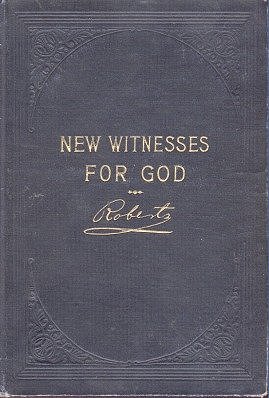I have
never shared this experience in anywhere near this detail in public before. I
have little doubt some unscrupulous parties could twist and distort what I write
into something other than what occurred; I hope such does not happen. Some
names have been withheld or a title/position used instead for obvious reasons.
No offense is meant and no ill will is held toward anyone involved. In fact,
pretty much everyone involved were/are very fine people and valiant disciples
of Christ, each in his/her own way trying to deal with a complex situation. Enough
time has passed and enough of the principal participants have passed away that
I have decided to share this information with interested lovers of Mormon
books/biographies. I can only tell my side of the story; I am sure if certain
other parties were to tell what they observed or thought, a different
perspective would emerge. I have withheld some few details that I felt still
too sensitive. Some of the below is from an outline I wrote years ago, some is
from documentation I preserved, and some is from memory. I apologize for any
inaccuracies.
Sometime around 1990, give or take,
I was in company with Brit McConkie, one of Elder McConkie’s brothers, and took
the opportunity to ask him if a biography would ever be written about his
apostle brother by a McConkie family member. His answer was “probably not.”
This was disappointing because I had become enthralled by Bruce’s doctrinal
teachings while on my mission and even more so in the years following. I felt a
deep affinity for his writings and teachings and received joy and edification
studying his works and listening to his talks. I had also developed a love for
Mormon biography, especially that of prophets and apostles. (For me, the
greatest episodes in all Mormon history are when men and women commune with
Heaven, and many such instances are spread throughout good Mormon biography.)
As time
passed I realized that I enjoyed not only reading
works of doctrine and history, but also researching, collecting materials and
books, and even writing. Eventually
the idea came that I might venture to write something myself. In discussing the
notion with others more experienced, I learned how hard it was to break into
legitimate (non-self-publishing) print. (Self-publishing is far more common and
acceptable today than it was twenty-five years ago.) That led to some
strategizing and then the realization that I needed what I termed to be an
“angle”—meaning a solid subject a publisher would find irresistible and that would
virtually compel them to accept the manuscript. (Publishers are money-making businesses
that view manuscripts like bankers do loans—will it make them a profit or not?;
most won’t and are therefore rejected.)







